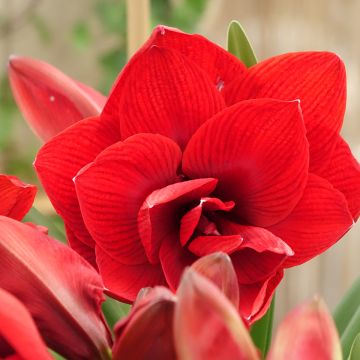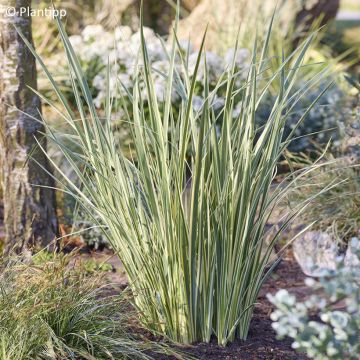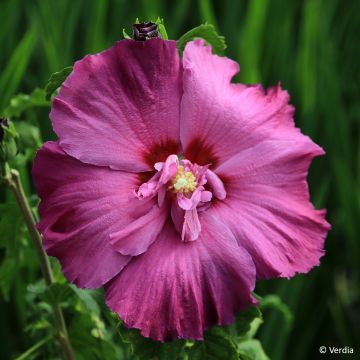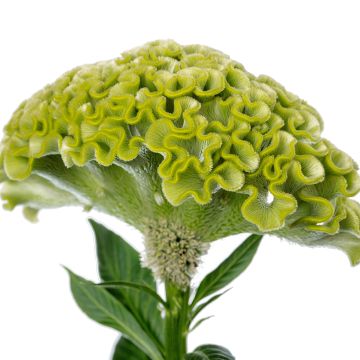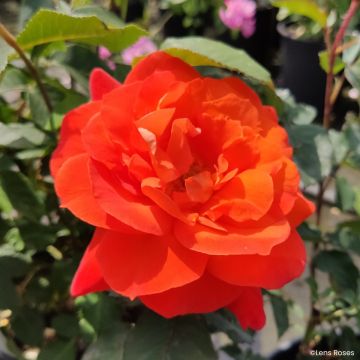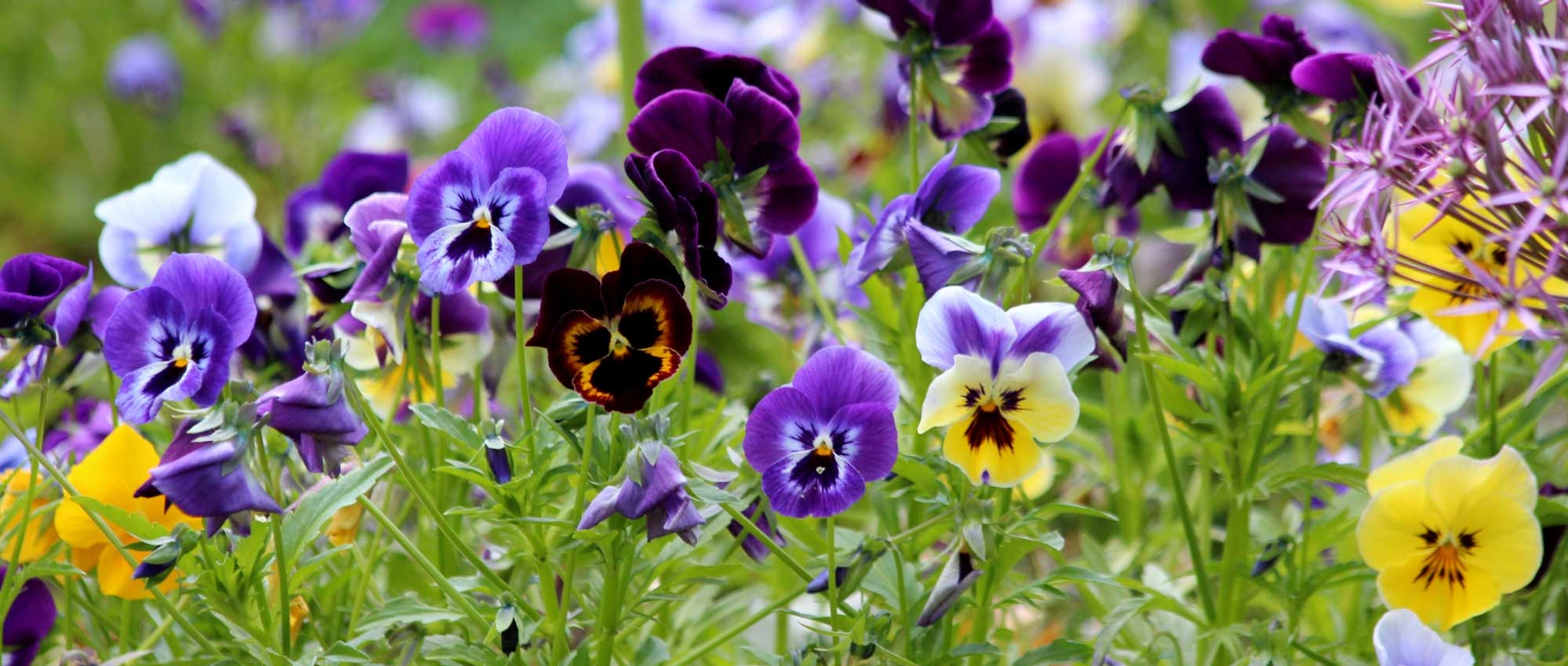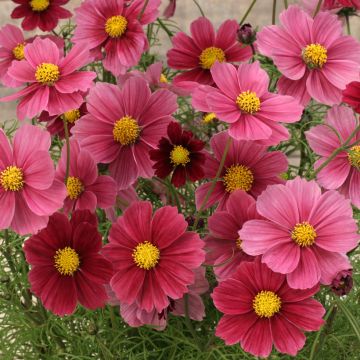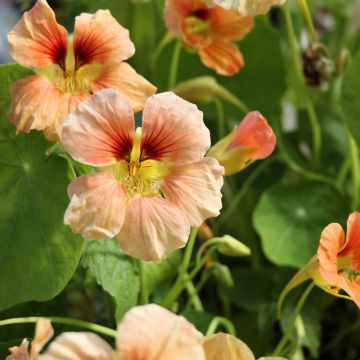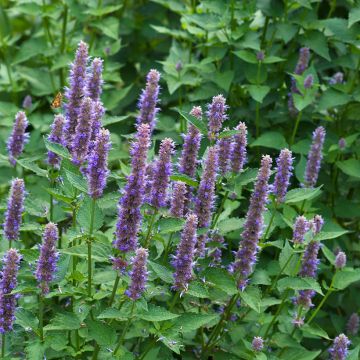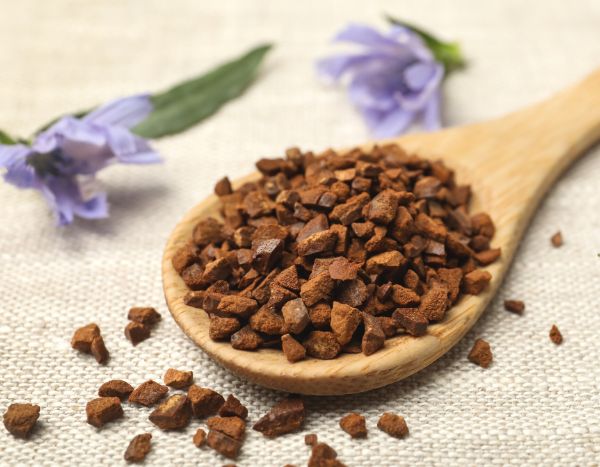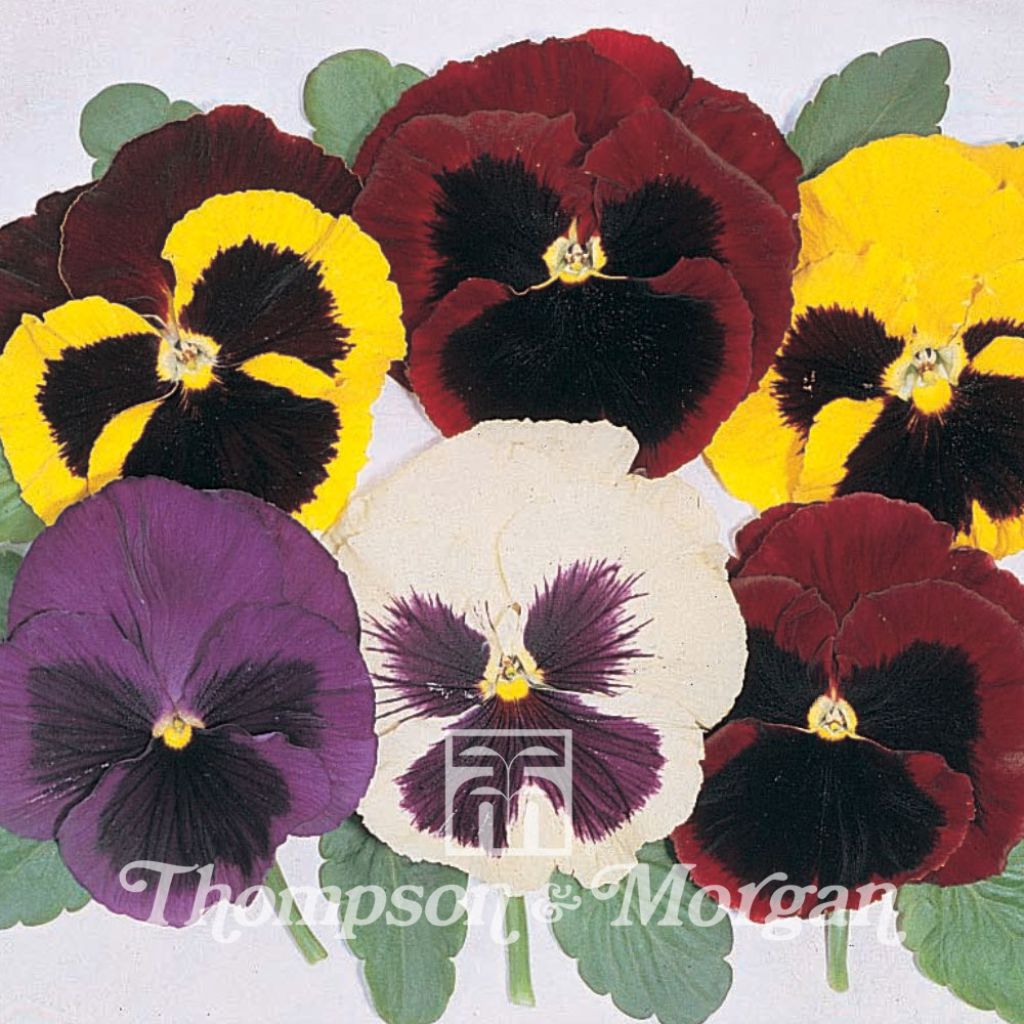

Pensée Majestic Giants Mixed F1 Hybrid
Viola x wittrockiana Majestic Giant Mixed - Pansy
Viola x wittrockiana Majestic Giant Mixed
Garden Pansy, Pansy
Special offer!
Receive a €20 voucher for any order over €90 (excluding delivery costs, credit notes, and plastic-free options)!
1- Add your favorite plants to your cart.
2- Once you have reached €90, confirm your order (you can even choose the delivery date!).
3- As soon as your order is shipped, you will receive an email containing your voucher code, valid for 3 months (90 days).
Your voucher is unique and can only be used once, for any order with a minimum value of €20, excluding delivery costs.
Can be combined with other current offers, non-divisible and non-refundable.
Why not try an alternative variety in stock?
View all →This plant carries a 6 months recovery warranty
More information
We guarantee the quality of our plants for a full growing cycle, and will replace at our expense any plant that fails to recover under normal climatic and planting conditions.
Would this plant suit my garden?
Set up your Plantfit profile →
Description
The Majestic Giants Mixed pansy is a variety of pansy with large flowers, up to 10 cm (4in) in size, that will bloom from March to August in a varied mix of iridescent colours. Particularly resistant to cold and heat, it is perfect for the garden and in pots.
This tender little flower with retro charm evokes the chromos of yesteryear. It is often undervalued because it is poorly used in public spaces, so it deserves a special place both in the garden and on window sills.
Belonging to the Violaceae family, the pansy, Viola x wittrockiana, is sometimes called the Giant Swiss Pansy. It is a perennial herbaceous plant, usually grown as an annual or even as a biennial. Pansies do not exist in the wild; they result from hybridisation between several species of violets. There are many varieties, all bearing adorable flowers with five maculate or non-maculate petals and varying colours. The leaves are medium green, elliptical, and widely crenate, with a compact and ramified habit.
Pansies are not demanding; they will thrive in full sun or partial shade in moderately rich and well-drained soil. You can sow pansies from February to April for summer flowering or from June to August for flowering the following spring.
If you love them in the garden, they will be most appreciated in a planter or on a windowsill, so you can have them under your nose while staying warm. You can associate them with Wallflowers or grasses like Japanese Sedge or Black Ophiopogon for a contemporary contrast.
The petals of pansies are edible, and their colours will bring a touch of originality to your salads and pastries. Remember to cultivate them as you would cultivate your vegetables in the most natural way possible.
Flowering
Foliage
Plant habit
Botanical data
Viola
x wittrockiana
Majestic Giant Mixed
Violaceae
Garden Pansy, Pansy
Cultivar or hybrid
Other Thompson and Morgan seeds
View all →Planting and care
Calendar: Sow Pansies from February to April for summer flowering or from June to August for flowering in the following spring.
In a terrine filled with good sowing soil, bury the seeds to a depth of 1.5 mm (0in) and cover them with, for example, a sheet of newspaper, as darkness is beneficial for germination. Maintain a temperature of 15 to 18°C (59 to 64.4°F) while keeping the soil moist. Germination takes between 14 and 21 days. Beware of temperatures that are too high, as they prevent seedling emergence.
When the seedlings are developed enough to be handled, transplant them into buckets and let your plants grow by gradually acclimating them to outdoor conditions for about two weeks. Plant your Pansies in the garden, spacing them 25/30 cm (10/12in) apart in full sun or partial shade.
For late winter/early spring sowings, wait until the risk of frost has passed.
Sowing period
Intended location
Planting & care advice
This item has not been reviewed yet - be the first to leave a review about it.
Haven't found what you were looking for?
Hardiness is the lowest winter temperature a plant can endure without suffering serious damage or even dying. However, hardiness is affected by location (a sheltered area, such as a patio), protection (winter cover) and soil type (hardiness is improved by well-drained soil).

Photo Sharing Terms & Conditions
In order to encourage gardeners to interact and share their experiences, Promesse de fleurs offers various media enabling content to be uploaded onto its Site - in particular via the ‘Photo sharing’ module.
The User agrees to refrain from:
- Posting any content that is illegal, prejudicial, insulting, racist, inciteful to hatred, revisionist, contrary to public decency, that infringes on privacy or on the privacy rights of third parties, in particular the publicity rights of persons and goods, intellectual property rights, or the right to privacy.
- Submitting content on behalf of a third party;
- Impersonate the identity of a third party and/or publish any personal information about a third party;
In general, the User undertakes to refrain from any unethical behaviour.
All Content (in particular text, comments, files, images, photos, videos, creative works, etc.), which may be subject to property or intellectual property rights, image or other private rights, shall remain the property of the User, subject to the limited rights granted by the terms of the licence granted by Promesse de fleurs as stated below. Users are at liberty to publish or not to publish such Content on the Site, notably via the ‘Photo Sharing’ facility, and accept that this Content shall be made public and freely accessible, notably on the Internet.
Users further acknowledge, undertake to have ,and guarantee that they hold all necessary rights and permissions to publish such material on the Site, in particular with regard to the legislation in force pertaining to any privacy, property, intellectual property, image, or contractual rights, or rights of any other nature. By publishing such Content on the Site, Users acknowledge accepting full liability as publishers of the Content within the meaning of the law, and grant Promesse de fleurs, free of charge, an inclusive, worldwide licence for the said Content for the entire duration of its publication, including all reproduction, representation, up/downloading, displaying, performing, transmission, and storage rights.
Users also grant permission for their name to be linked to the Content and accept that this link may not always be made available.
By engaging in posting material, Users consent to their Content becoming automatically accessible on the Internet, in particular on other sites and/or blogs and/or web pages of the Promesse de fleurs site, including in particular social pages and the Promesse de fleurs catalogue.
Users may secure the removal of entrusted content free of charge by issuing a simple request via our contact form.
The flowering period indicated on our website applies to countries and regions located in USDA zone 8 (France, the United Kingdom, Ireland, the Netherlands, etc.)
It will vary according to where you live:
- In zones 9 to 10 (Italy, Spain, Greece, etc.), flowering will occur about 2 to 4 weeks earlier.
- In zones 6 to 7 (Germany, Poland, Slovenia, and lower mountainous regions), flowering will be delayed by 2 to 3 weeks.
- In zone 5 (Central Europe, Scandinavia), blooming will be delayed by 3 to 5 weeks.
In temperate climates, pruning of spring-flowering shrubs (forsythia, spireas, etc.) should be done just after flowering.
Pruning of summer-flowering shrubs (Indian Lilac, Perovskia, etc.) can be done in winter or spring.
In cold regions as well as with frost-sensitive plants, avoid pruning too early when severe frosts may still occur.
The planting period indicated on our website applies to countries and regions located in USDA zone 8 (France, United Kingdom, Ireland, Netherlands).
It will vary according to where you live:
- In Mediterranean zones (Marseille, Madrid, Milan, etc.), autumn and winter are the best planting periods.
- In continental zones (Strasbourg, Munich, Vienna, etc.), delay planting by 2 to 3 weeks in spring and bring it forward by 2 to 4 weeks in autumn.
- In mountainous regions (the Alps, Pyrenees, Carpathians, etc.), it is best to plant in late spring (May-June) or late summer (August-September).
The harvesting period indicated on our website applies to countries and regions in USDA zone 8 (France, England, Ireland, the Netherlands).
In colder areas (Scandinavia, Poland, Austria...) fruit and vegetable harvests are likely to be delayed by 3-4 weeks.
In warmer areas (Italy, Spain, Greece, etc.), harvesting will probably take place earlier, depending on weather conditions.
The sowing periods indicated on our website apply to countries and regions within USDA Zone 8 (France, UK, Ireland, Netherlands).
In colder areas (Scandinavia, Poland, Austria...), delay any outdoor sowing by 3-4 weeks, or sow under glass.
In warmer climes (Italy, Spain, Greece, etc.), bring outdoor sowing forward by a few weeks.































